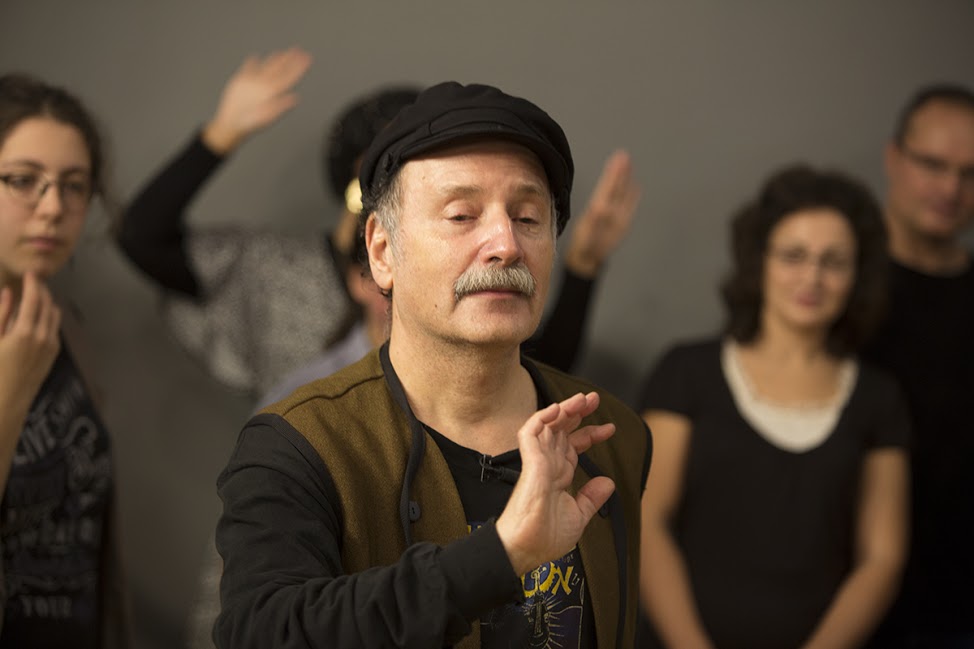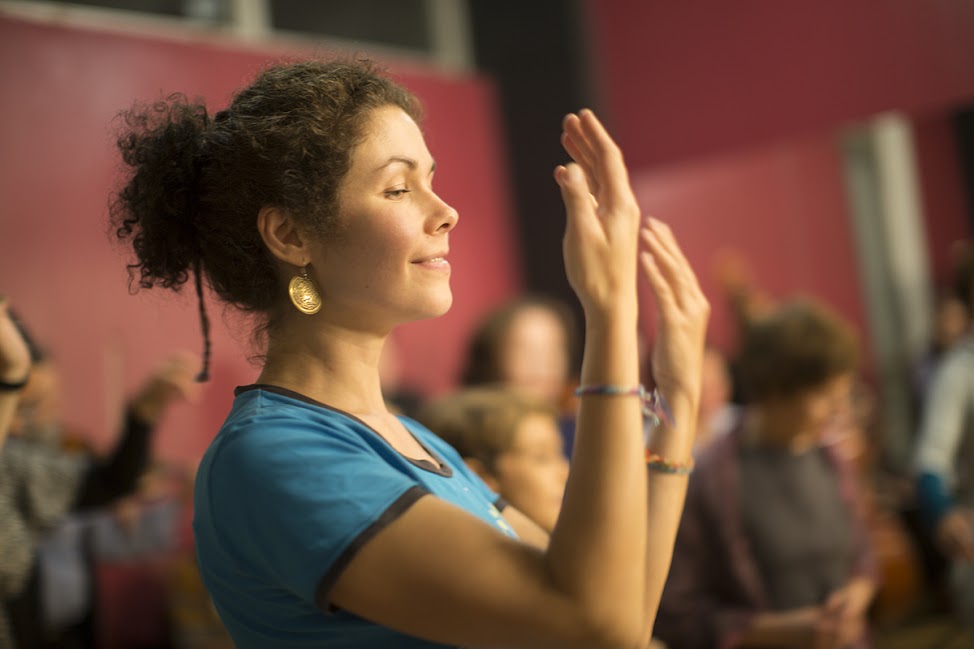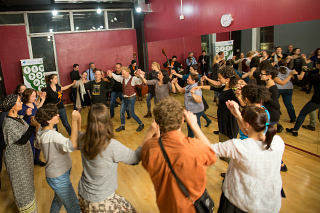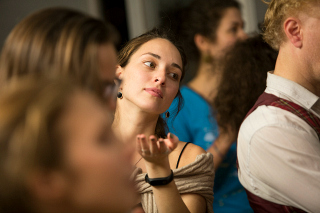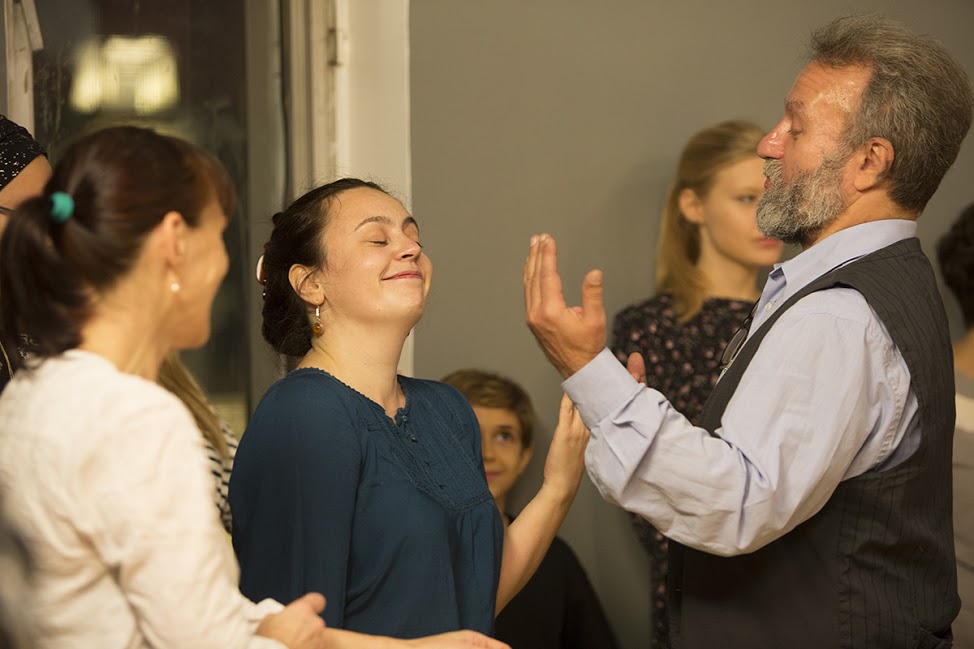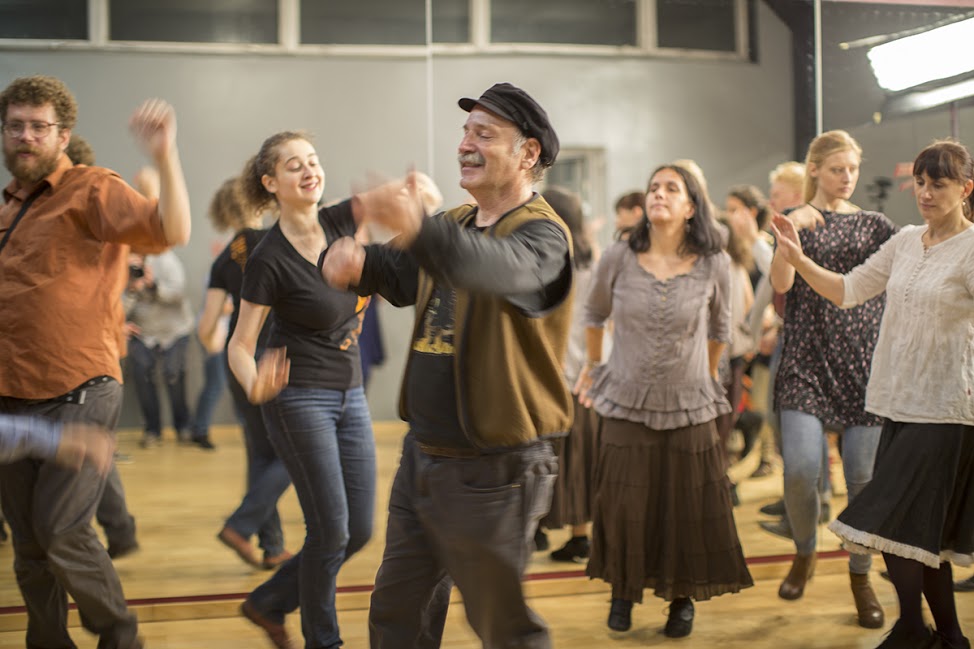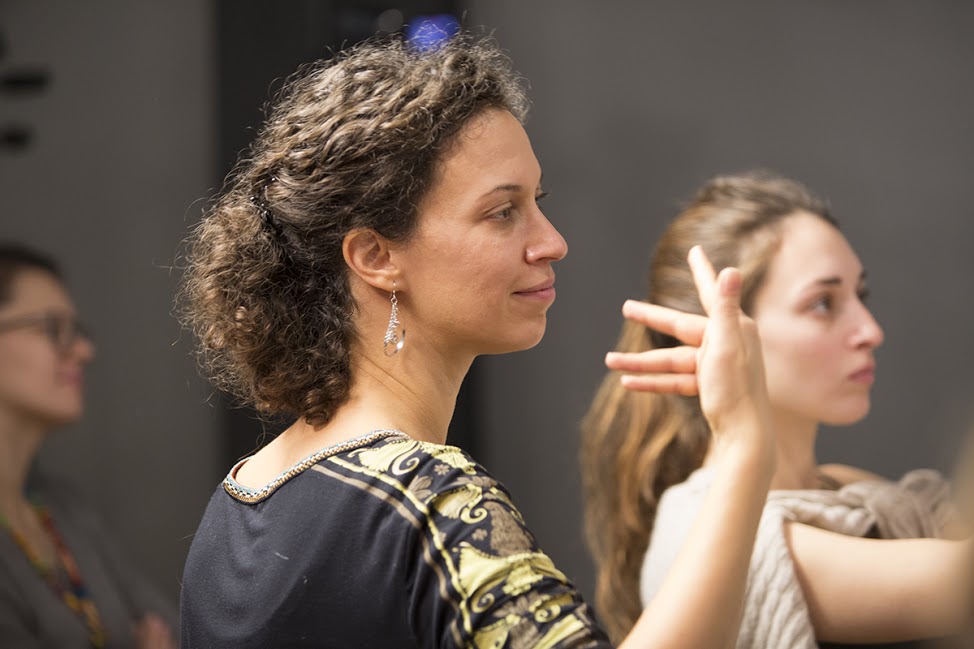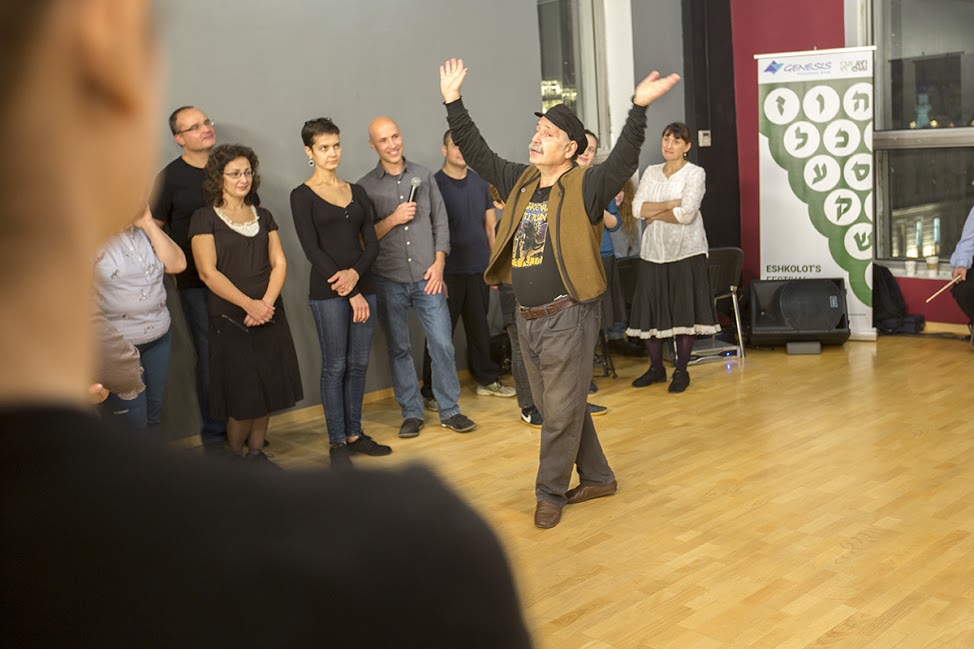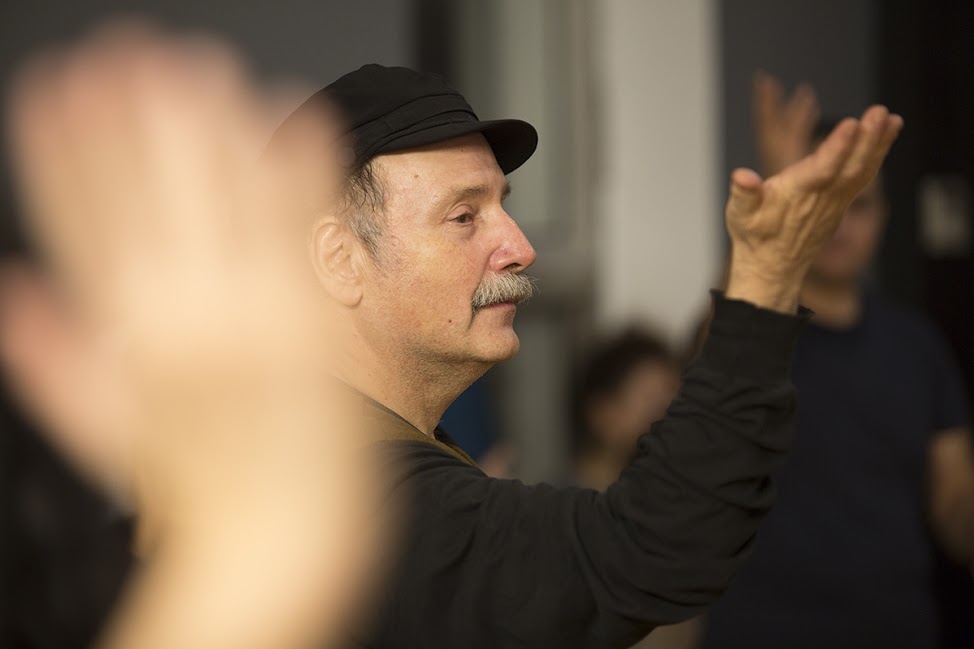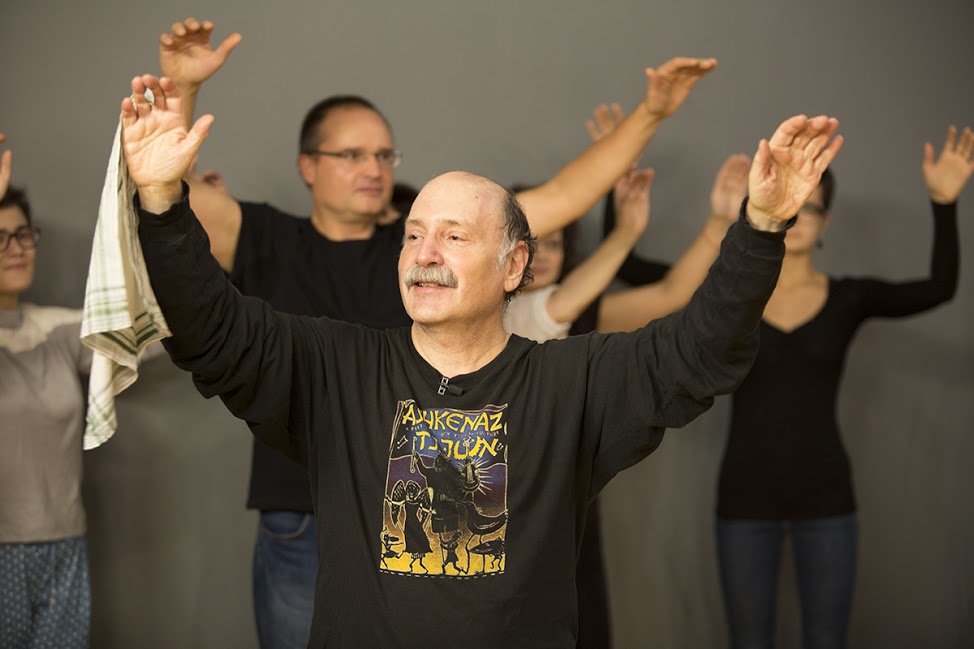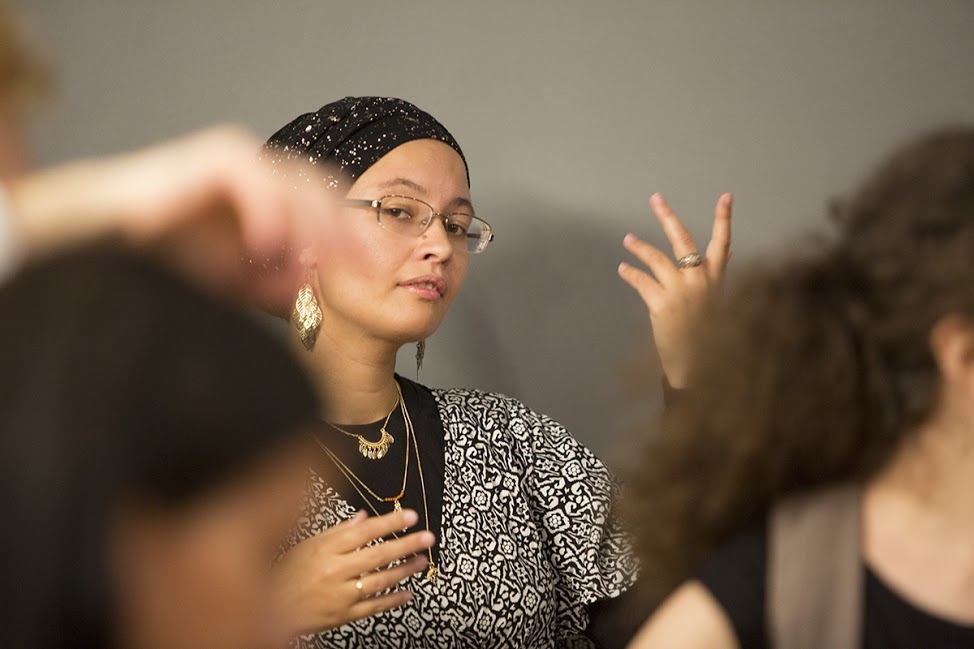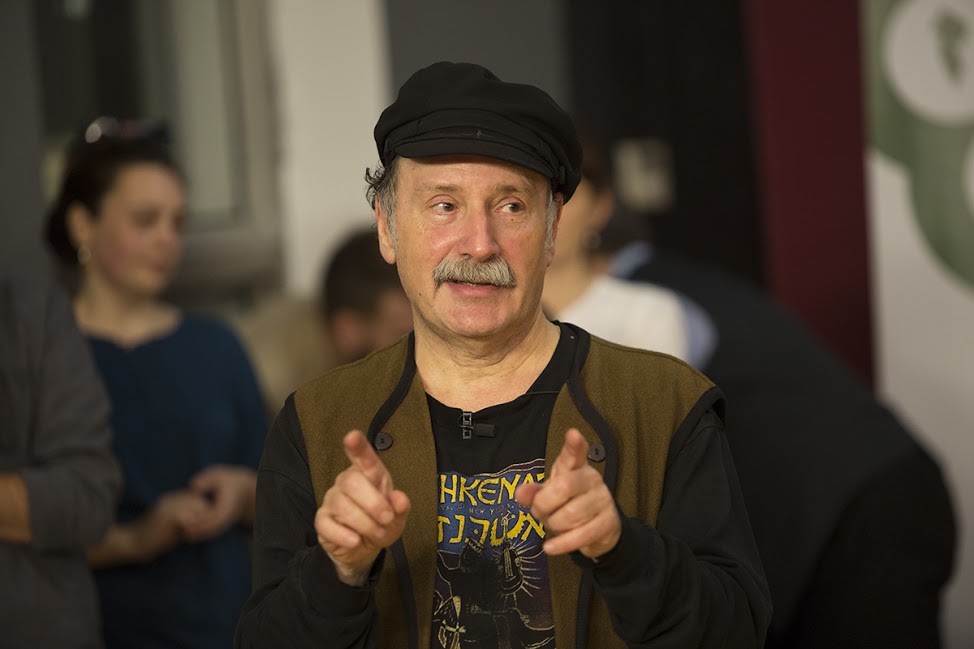photo: Nikolay Busygin (Eshkolot)
Walter Zev Feldman is a leading researcher in both Ottoman Turkish and Jewish music. He is author of the books Music of the Ottoman Court: Makam, Composition, and the Early Ottoman Instrumental Repertoire (Berlin, 1996), and Klezmer: Music, History, & Memory (Oxford, 2016), and From Rumi to the Whirling Dervishes: Music, Poetry, and Mysticism in the Ottoman Empire (Edinburgh 2022).
His current research interests include the relation of rhythmic cycle (usul) and melody in Ottoman music, and gesture in Ashkenazic Jewish and other dance cultures. Feldman is Artistic Director of the Klezmer Institute.
Ottoman Turkish Music
Music of the Ottoman Court: Makam, Composition and the Early Ottoman Instrumental Repertoire (Berlin 1996), has become a key text in the field, and Feldman is one of a handful of international scholars who has published extensively on the sources and development of Ottoman Turkish music.
Klezmer Music & Dance Resources
Links to videos of Ashkenazic dance and lectures about Klezmer & Ottoman Music
Klezmer Music & Ashkenazic Dance
Walter Zev Feldman is widely considered the leading scholar of European klezmer music, viewed both in historical perspective and as an integral part of the music of the Ashkenazic Jews of Eastern Europe.
Ottoman Poetry
The incipient modernity of the Mughal civilization was a model for the Ottoman intelligentsia of the 17th century.
Central Asian Oral Epic Poetry
With the help of the Uzbek poet and dissident Hamid Ismailov, I conducted primary literary research on the greatest figure of Central Asian literature—the Timurid Ali Shir Navai. It was by studying the romantic epics of Navai that I came to appreciate the incipient modernity of Moghul literature, with its earlier Timurid basis.













